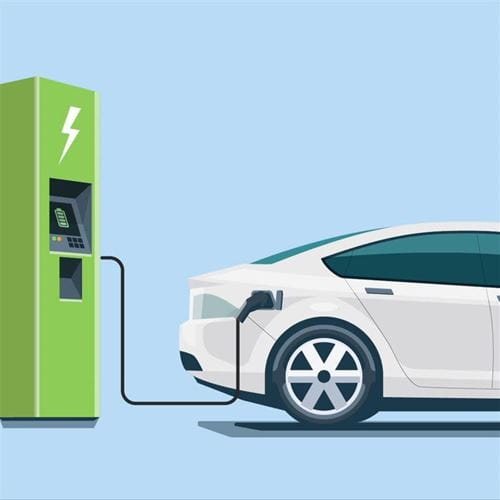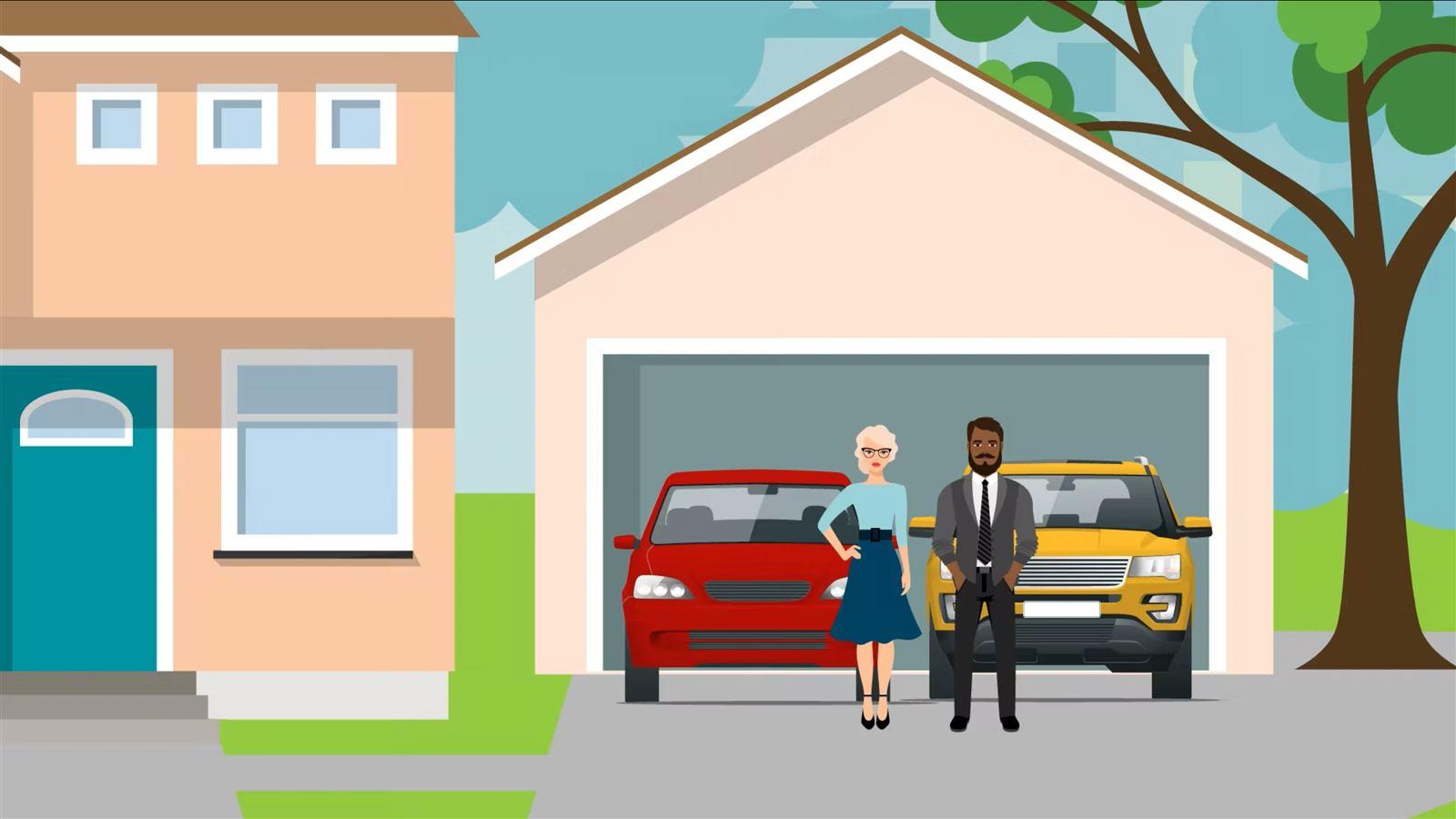Does RUC Disproportionally Impact Rural Drivers?
One of the loudest objections made in the road usage charging (RUC) debate comes from the nation’s rural residents who believe the policy targets them and their lifestyle. Sure, rural drivers need to travel longer distances to access their jobs and other essential services but why should this lifestyle choice mean a hit to their wallets?
To tackle this misconception, we’ll focus on the 2 most common arguments. Let’s dive in.
Distance: Does it matter?
The Myth: Rural residents drive farther than urban drivers, so they’re being unfairly targeted by a pay-per-mile system.
The Facts: Research has found that while rural drivers tend to take longer trips than those in urban households, they make those trips less often and often bundle them. Meanwhile, urban households make more trips than rural households, with each of those small trips adding up to increase total mileage. While the circumstance varies from state to state, overall, rural drivers do typically drive more miles than their urban counterparts. However, rural drivers tend to own older, less fuel-efficient vehicles including a higher proportion of pickup.
That means that under a RUC system, rural drivers would likely pay less each year under a mileage-based structure than they do with the current fuel-based structure. In addition, in many RUC systems, rural drivers will have the option of using location-aware systems that can be made to charge only for travel on public roads, making miles driven on private farms and ranches free of charge.
Vehicle Type
The Myth: The type of vehicle a rural resident would typically drive will negatively impact how much he or she would pay.
The Facts: Rural drivers do tend to have older and less fuel-efficient vehicles, meaning they generally pay more fuel tax per mile under the current gas tax funding model.
Take, for instance, a 2001 Ford F150 pickup truck driven by a rural resident compared to a 2008 Toyota Prius driven by someone living in the city. The driver of the pickup truck might pay $80 monthly under the gas tax compared to the $27 charged to the Prius driver. But under a RUC system, the scales begin to balance out. The F150 driver would potentially pay less (about $73) than it would under the gas tax while the Prius driver may pay more—roughly $48.
Have questions?
Given what we know about RUC systems and their impacts, it’s safe to say rural drivers have nothing to be hesitant about with a pay-per-mile charge. But it’s a topic that will likely still cause some friction in states with diverse demographics. To help ease drivers’ minds and clear up any questions, it’s best to work with a team of experts that can utilize their expertise to move things forward.









